Swathes Of Glossy Black And Pristine White Are Finished Off With A Rather Racy Broad Black Speed Stripe!

This tit species stands out as the only strongly patterned, black-and-white representative within its geographical range.
White-naped tit:
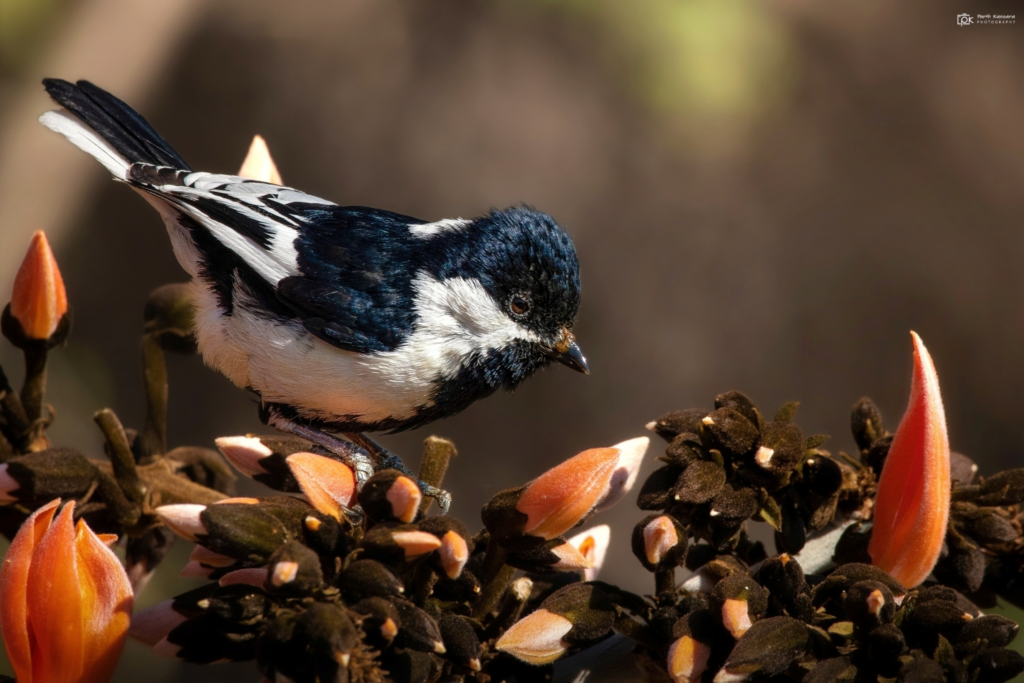
Description: The white-naped tit (Machlolophus nuchalis), also known as the white-winged tit, is a passerine bird belonging to the tit family Paridae. This is the sole pied (black-and-white) tit species in India, featuring black wing-coverts, crown, sides of the head, chin, throat, a ventral band down the breast and belly to the vent. White patches adorn the cheeks below the eye, ear-coverts, and a nape patch. The wings exhibit white on the outer primaries and the base of the secondaries, with the last tertiaries entirely white. The flanks’ white may have a yellowish tint.

White-naped tits are known to live at low densities and are identified by their musical whistling calls, described as tee-whi-whi or see pit-pit-pit-pit.
Related reading:
– Hey, Up There 16, All Of Our Top Photos Up To The Week Ending 03/13/2021!
They defend their territories, using roost hollows, with individuals observed using the same roost for several years.
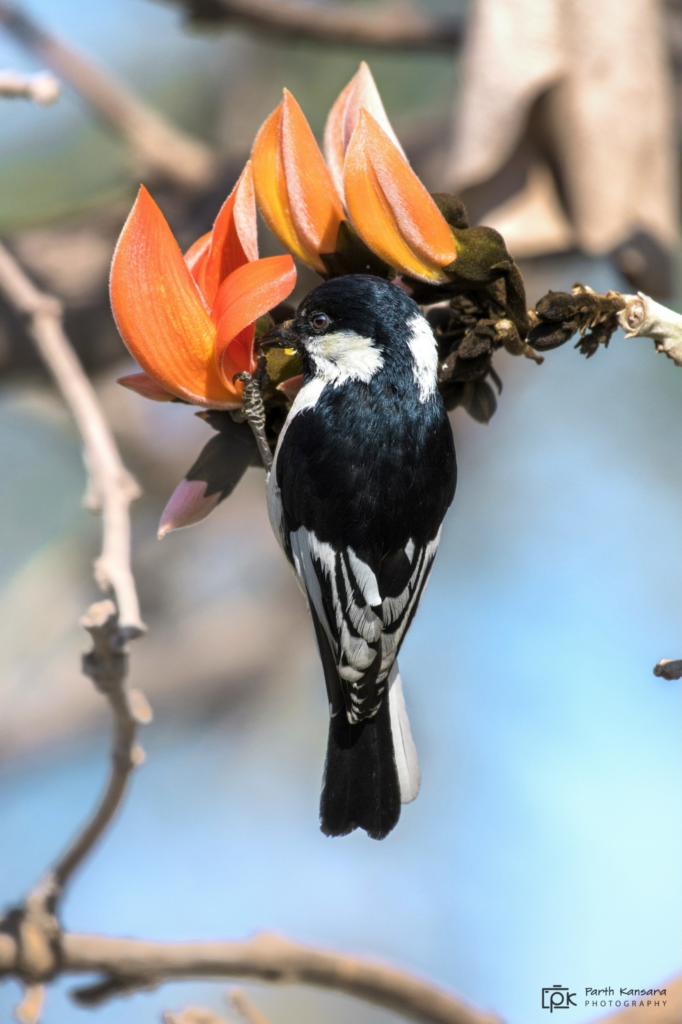
Distribution: Initially discovered in the Eastern Ghats near Nellore, this species later gained recognition in the Biligirirangan Hills and the Kaveri valley region. The western distribution covers areas in Kutch, Rajasthan, and Haryana, including parts of Gujarat. Shy and elusive, they inhabit territories and forage within small numbers.
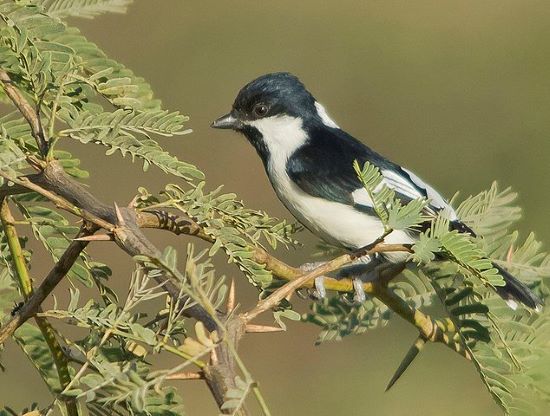
Habitat: Endemic to India, it inhabits dry thorn scrub forests in two distinct populations—western India and southern India. Its specific name, nuchalis, signifies ‘of the nuchal, nape.’
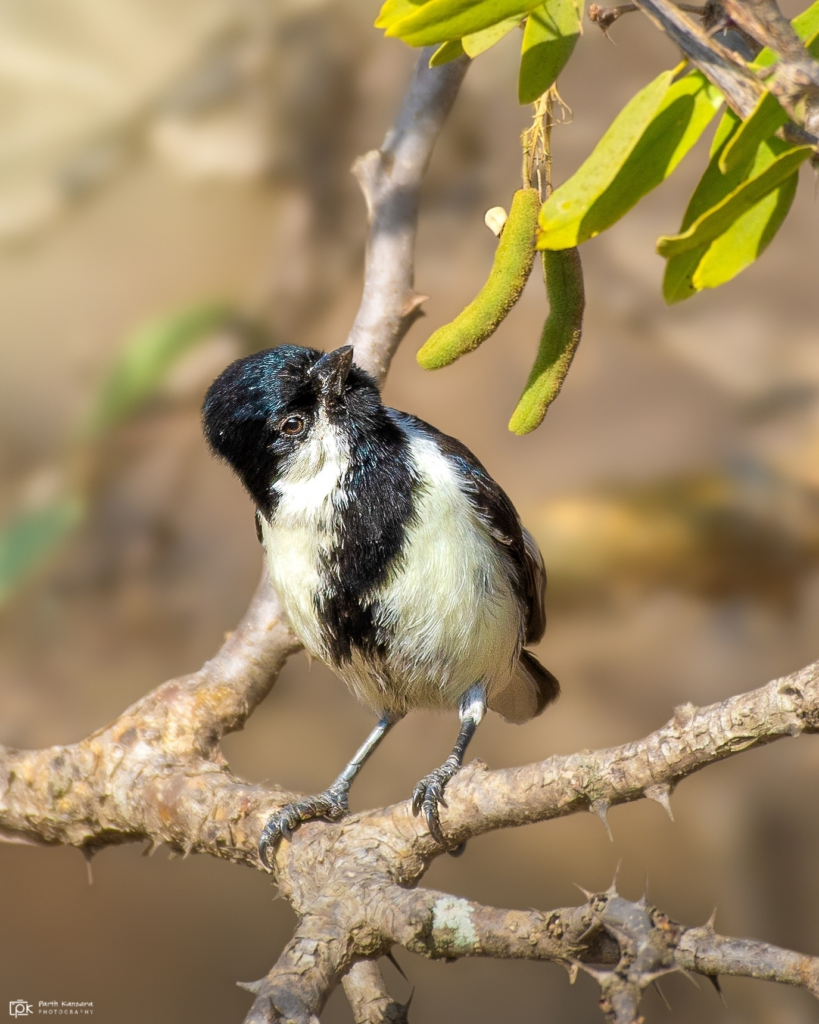
Diet: These birds feed on insects, Salvadora oleoides berries, and may drink from rainwater puddles. Breeding season occurs during the monsoons (May to August), with nests placed inside cavities on trees, including those crafted by woodpeckers. Both parents partake in caring for the chicks, feeding them mainly non-hairy caterpillars. The southern population’s breeding habits remain unstudied.
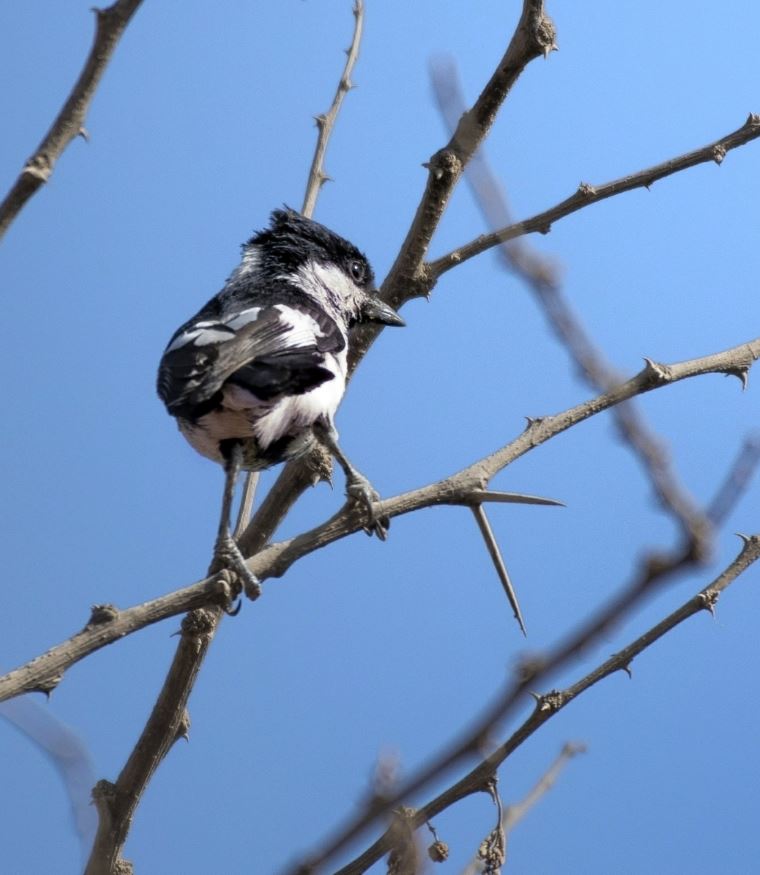
Status: Characterized by its unmistakable black and white patterns, lacking the grey wing coverts and back of the partly sympatric cinereous tit (Parus cinereus), this species faces challenges due to its sparse distribution. It has been considered vulnerable to extinction, primarily attributed to the scarcity of suitable habitats, particularly nest cavities crafted by woodpeckers.

Listen to this bird next:
This article uses material from Wikipedia.org which is licensed under the GNU Free Documentation License via Copyright Wikipedia. Images on this page are the sole property of the photographers (unless marked as Public Domain). Please read the license and or contact the photographers directly before using them for any purpose. Thank you all.
A Highly Talkative Bird Whose Frequent Orations Are Only Enhanced By A Very Stylish, Equally Eye-catching, Pin-striped Suit!
Please SHARE this article with all your bird-loving friends and family.






